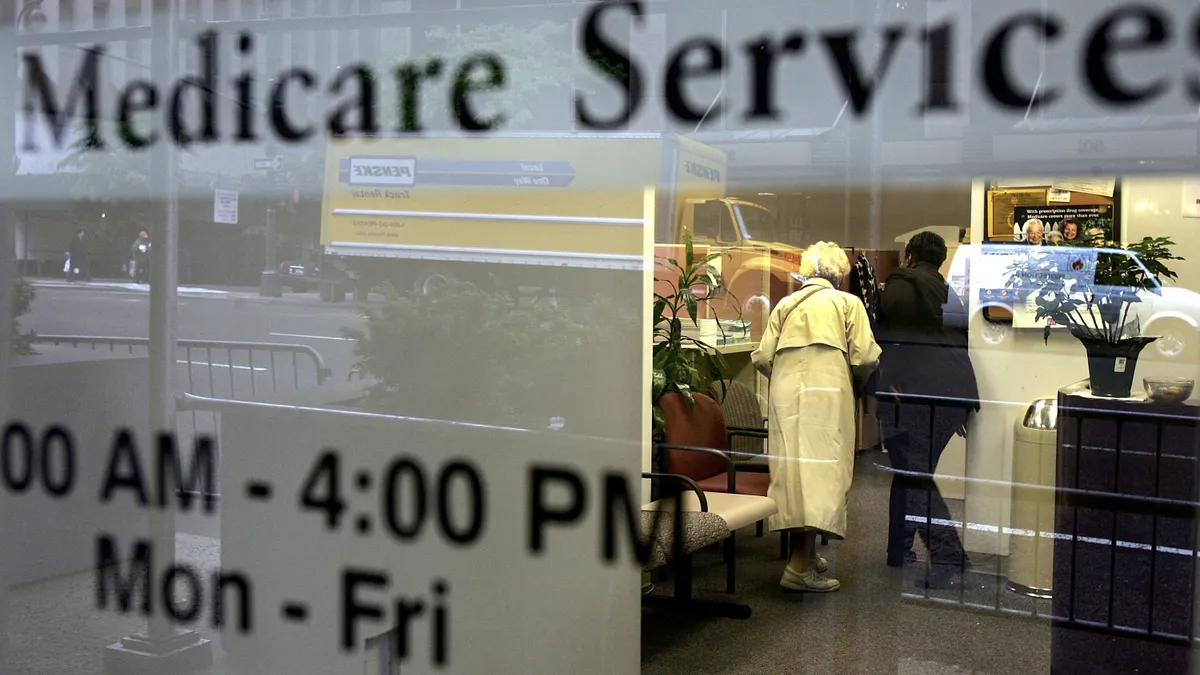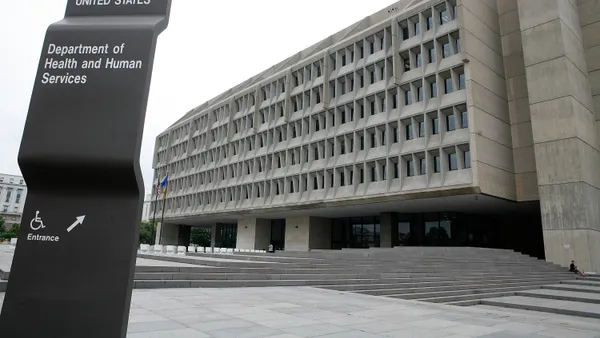Dive Brief:
- The quality of Medicare Advantage plans available to seniors is highly dependent on where those seniors live, according to a new study published in JAMA Network Open.
- Medicare enrollees living in more disadvantaged communities are less likely to have a top-rated MA plan in their area than enrollees in more advantaged communities, which are often wealthier and majority-White, the research found.
- The research — the latest reiterating the importance of location in accessing and paying for quality healthcare — raises red flags that the discrepancy could exacerbate existing disparities in care.
Dive Insight:
MA, privately run Medicare plans that can offer additional benefits like lower premiums, reduced out-of-pocket spending and dental and vision coverage, have grown to cover more than half of all Medicare beneficiaries.
The plans are popular among Black, Hispanic and lower-income individuals — indeed, MA enrollees are more likely to live in disadvantaged areas than enrollees in traditional Medicare. However, there’s been little research into the association between the star ratings MA plans receive and the social vulnerability of the beneficiaries they serve.
For the new study, researchers affiliated with New York University, Brown University and the Commonwealth Fund measured U.S. counties by a federal index on ratings of social vulnerability like poverty, unemployment, education and race, and compared that to plan quality ratings from 2023.
They found MA plans in more disadvantaged counties were more likely to rank lower on the government’s 1- to 5-star quality ratings.
Those counties were less likely to have plans with 4.5 stars or higher and are more likely to have plans at 3.5 stars or below, according to the study.
The findings held up when researchers used star ratings from 2022.
Higher star ratings are associated with receiving care at a higher-quality hospital or nursing home, along with lower rates of hospital readmission. As a result, the findings of regional differences in star ratings suggest such differences could be associated with regional differences in health outcomes, too.
They could also be associated with regional variations in spending, researchers said. That’s because, along with serving as a metric of plan quality for consumers when they shop between plans, star ratings also have major implications for a plan’s reimbursement. Essentially, the higher the rating, the higher their payment through the form of quality bonuses and rebates, which plans can use to fund supplemental benefits.
Lower rated plans could have fewer resources to offer supplemental benefits — benefits that could most help the disadvantaged Americans with less access to them now, according to the study.
The CMS already adjusts payments to plans based on geographic factors, but not for an area’s social vulnerability. Regulators could do more to help plans serving disadvantaged areas, including through bumping the payment benchmark in socially vulnerable counties, researchers argued.
The CMS has already taken a step in this direction. Last spring, regulators finalized a rule to adjust star ratings measures for health equity starting in 2027.
The CMS could also start providing star ratings at the plan level, instead of at the contract level, researchers said. That could give consumers and researchers a clearer indication of actual plan quality, since different plans can exist within one contract, yet serve different counties with different health needs.
Star ratings have long been controversial, including among Medicare watchdogs and some health policy experts for not serving as a useful indicator of plan quality while contributing to Medicare’s spending deficit.
Star ratings and the hefty bonuses attached to them have been increasingly criticized by some regulators and lawmakers at a time when the Biden administration is aggressively moving to curb overpayments in MA.
The hubbub around star ratings has heated up this year due to a series of lawsuits against the government for changes to how they calculate the scores. As a result, the CMS recalculated stars earlier this month, causing more than 60 MA plans from 40 insurers to nab a higher rating.














